We left France and headed to the Basque Country in the north of Spain, where we began our visit from one of those places that can’t be missed — San Sebastian.
Donostia – San Sebastian
I should probably start my story by telling you that San Sebastian (Donostia in the Basque language) is a very special pace on my personal map of the wolrd. I guess everybody, who took part in the famous Erasmus, has a place like that 🙂 For me it was 2006, autumn and winter… Erasmus in Bilbao and numerous, long weekends spent in San Sebastian: long nights in the bustling Parte Vieja, walks along La Concha, low-budget snacks such as pasta fried with frankfurters, egg, cheese and ketchup that will never taste the same like it did when Gosia prepared it in her tiny kitchen at 6 a.m. after a party… San Sebastian is this one-of-a-kind place, where you can feel the magic created by people from different countries, cultures and even continents.
I am delighted with Donostia (the Basque name of the city) every time I come back there, even though it happens quite often. I am amazed with the beauty of the landscape, sandy beaches, diversity, ideal places for walks, busy Old Town, all-night-long parties, delicious pintxos, slightly sour sidra and, criticised by many, kalimotxo (coca cola with red wine; and let me tell you that it tastes best with cheap red box wine for 50 cents mixed with coca-cola-like soft drink straight from Lidl). Still, each time I recommend this city to someone I keep asking myself — maybe it is not as cool, beautiful and extraordinary as I think?… Erasmus is always a special time, no matter whether you spend it in San Sebastian, Madrid, Paris or Brno. So far nobody has ever complained about Donostia, though. What is more, everyone was amazed with it — and that is including my very demanding travel partner 😉
San Sebastian is one of the main Basque cities and the capital of Gipuzkoa province. Once a favourite spot of the aristocrats and the royal family, today it is no longer visited by the king due to ETA (Euskadi Ta Askatasuna, which stands for “Basque Homeland and Freedom”) terrorist attacs, which escalated mainly in the 1970s and 1980s.
Even today this Basque nationalism is clearly visible on the city streets with Basque flags, writings on the walls demanding release of prisoners and posters calling for withdrawal from the dispersion prison policy. This policy, introduced by the Spanish authorities, assumes incarcerating people accussed of belonging to ETA in prisons far away from their homes and families — in the south of Spain or even on Canary Islands and African cities, Ceuta and Melilla.
San Sebastian is worth visiting in August during Semana Grande or in winter, when the city celebrates its Fiesta de la Ciudad on 21 January. The atmosphere during both summer and winter celebrations is really amazing and it’s also the time when local delicacies such as corn flat-cake palo with chistorra sausage (palo con chistorra) taste the best 🙂 together, of course, with sidra or txakoli, one of the local wines.
This time we came to San Sebastian only for two days — and spent them walking and eating delicious pintxos. I must admit that the city is not cheap and finding accommodation within a reasonable budget at the end of August was like wishing for a miracle. The best value for money (and location) we managed to find was LauBuru Hostel, situated close to La Concha beach and Ayuntamiento. And I have to tell you that finding a hostel was the success of our friend, who joined us three here in San San Sebastian 🙂
We walked throught the streets of Parte Vieja (the Old Town), in the port among the smells of fish and seafood and along some local beaches: surfers’ Zurriola, postcard-like La Concha and small Ondarreta. Our walks led us to the original sculpture Peine del Viento made by Eduardo Chillida.
One thing that you have to experience while in Donostia is “tour de pintxos” — something very similar to pub crawling during which instead of drinking beer you go into different bars, choose snacks you like most, eat them standing at the counter and… move on to another place, and then another… Don’t forget the drink — you can choose sidra, txakoli or sangria. It’s the best to choose the most crowded bars because lots of people are a guarantee of not only tasty but also fresh pintxos.
Castro-Urdiales
Charming, even though looking rather poor, Catabrian town Castro-Urdiales is a chance for a walk in the port, visiting a castle and a cathedral (in which the town inhabitants sheltered, when they were invaded by the French in the 19th century) and tasting some of the regional delicacies. It is a good idea to choose one of the cosy restaurants in the Old Town and tuck into some tapas. One of such places is Taberna el Resbalon.
There we ate perfectly cooked calamares fritos, which in Cantabrian are called rabas, with a super fresh baguette. They were without a doubt one of the best squids we had on this trip — and you have to know we had quite a lot of them 😉 Łukasz also went for mussels in tomato sauce and looking at how fast they disappeared from his plate, I guess he liked them a lot.
Santillana del Mar
A well preserved Medieval town close to Santander. Very picturesque, with old houses and mansions, cobblestoned streets, in other words a kind of place we like. Definitely worth visiting… even if only for a short stroll!
From Cantabria we went to Asturias and then to Galicia but for this story you will have to wait a short while 🙂




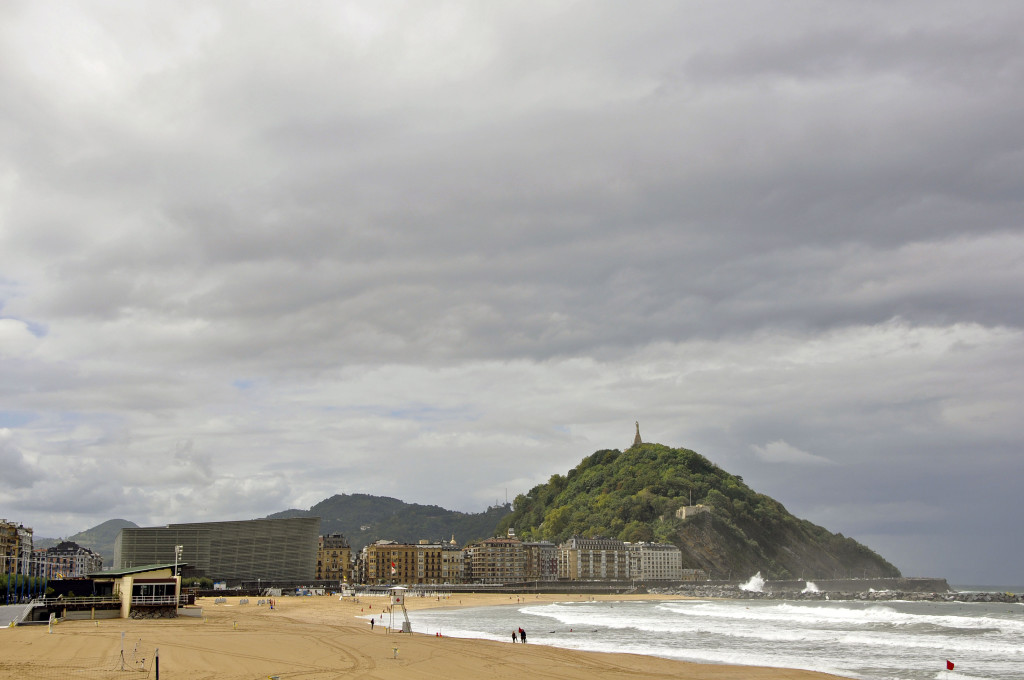
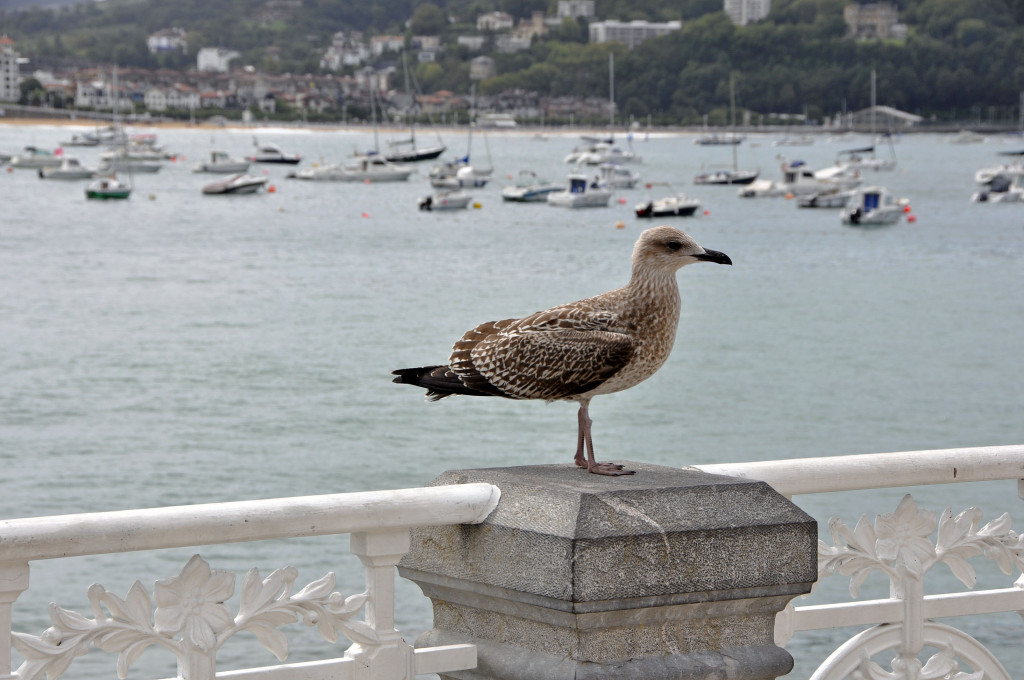
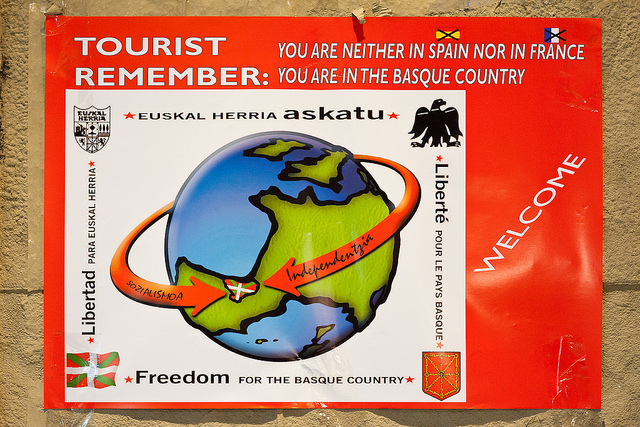
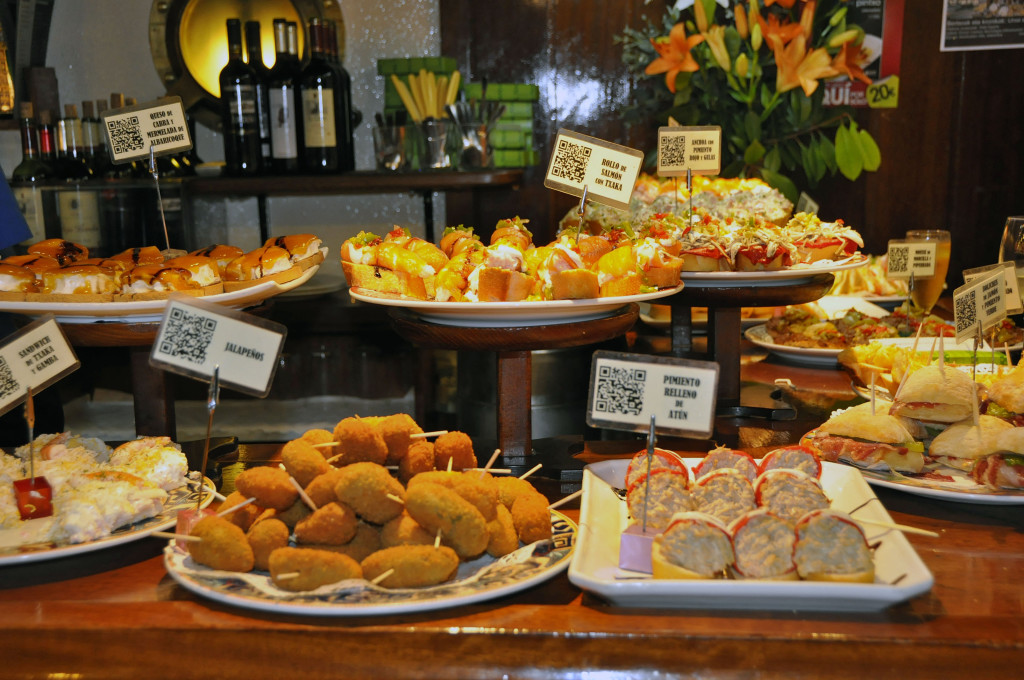
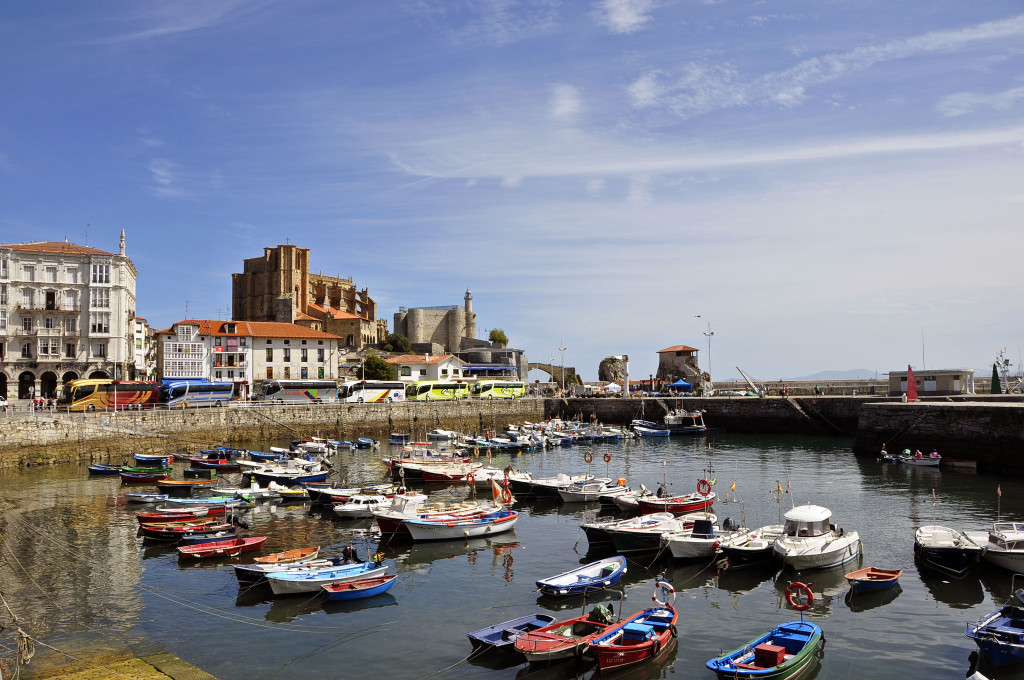
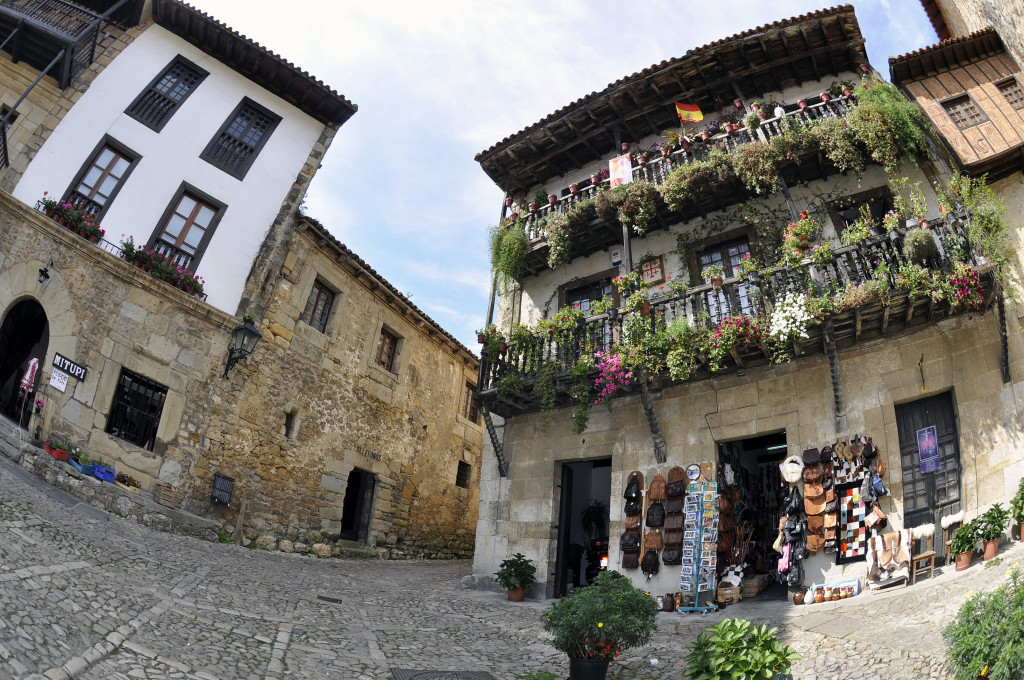
0 Comments